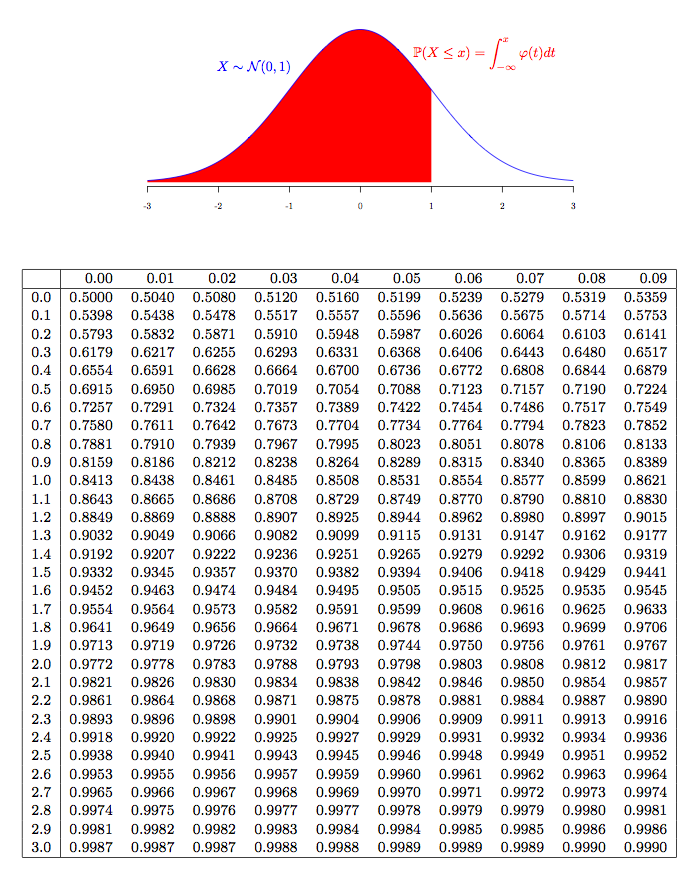Probability Theory
Overview
Welcome to my course on Probability Theory for the second-year students of Bachelor’s Programs “Computer Science”, “Aerospace Engineering” and “Biomedical Engineering” at MIPT.
This is the first part of the course. We will devote this semester to the study of discrete probability theory, incluiding introductory notions of random variables and the way of computing their expected value, variance and correlation coefficient. In addition, the Markov and Tchebyshev inequalities will be introduced and we will prove the Tchebyshev's form of the weak law of large numbers.
Next semester, we will generalize the concept of a random variable as a measurable function. We will extensively use the CDF and the PDF of random variables to compute all their interesting numerical characteristics. As a whole, we will completely construct the concept of a propability space. We will conclude our course with the proof of one of the main results in probability theory - the central limit theorem.
Problem sets
Problem set 1. Combinatorics.
Problem set 2. Classical probability.
Problem set 3. Geometric probability.
Problem set 4. Bernoulli scheme and independence.
Problem set 5. Conditional probability. Bayes Formula.
Problem set 6. Discrete random variables. Joint distributions.
Problem set 7. Expected value and Variance. Covariance.
Problem set 8. Simple random walk.
Problem set 9. De Moivre–Laplace theorem.
Topics discussed in lectures
Lecture 1. [17/02] Basic notions of combinatorics.
Lecture 2. [25/02] Probability in math. Field of study of probability. Probability space. Set of events. Algebras and sigma-algebras. Examples. Algebra which is not a sigma-algebra. Probability measure. Properties with proofs. Continuity of probability measure. Inclusion-exclusion formula. Discrete classical model in probability.
Lecture 3. [03/03] Bernoulli scheme. Number of successes in n trials. Probability that the first trial is success. Geometric model. Example on geometric model. Conditional probability. Multuplication theorem. Independence of events (pairwise and mutual). Examples.
Lecture 4. [10/03] Definition of partition of sample space. Total probability formula. Example with the easy tickets in exam. Baye's theorem. Example with blood test. Formal defition of a random variable.
Lecture 5. [11/03] Discrete random variables. Independence of random variables. Probability distribution of a random variables. CDF. PMF. Examples of discrete distributions: Ber(p), Bin(n,p), Geom(p), Pois(\lamda). Poisson limit theorem. Discrete random vectors.
Lecture 6. [17/03] Discrete random vectors. Expected value of discrete random variables. Properties with proofs.
Lecture 7. [24/03] Expectation of some distributions (Ber(p), U(1,...,n), Bin(n,p), Pois(lambda), Geom(p)). Variance. Properties with proofs. Variance of some distributions. Variance of sum of random variables. Covariance.
Lecture 8. [31/03] Definition of covariance. Properties with proofs. Variance of sum of random variables. Correlation. |corr(x,y)|<=1. Random graphs.
Test 1. [07/04]
Lecture 9. [14/04] Chebyshev and Markov inequalities. Cauchy-Bunyakovsky inequality. Proof of |corr(x,y)|<=1.
Lecture 10. [21/04] WLLN (Chebyshev form). More general WLLN. Local Moivre-Laplace limit theorem.
Lecture 11. [28/04] Integral Moivre-Laplace limit theorem. Random Walk.
Lecture 12. [05/05] Solving problem sets 8-9.
[12/04] General Consultation
Test 2. [15/04] Test 2
Final Exam [19/05]
Attendance & Marks
Course guidelines and grading system
At the end of this course, you will get a grade from 1 to 10 (you need at least 3 to pass) according to the following parameters:
- Max of 1 point for class attendance (1 if you missed no more than 1 class. And o,5 if you missed no more than 2)
- Max of 6 points for Test 1 + Test 2
- Max of 4 points for final exam (зачет) on theory
IMPORTANT: You must get at least 1.5 points in the final exam on theory in order to pass the course.
The theoretical exam and tests 1 and 2 are closed-book, that is, you are not allowed to use any material.
The number of points you get for each activity, is either an integer x or x+0.5.
If your final grade (after the final exam) is not an integer (z+0,5), you can solve an extra problem to raise your grade to z+1. Otherwise you get just z.
Every week, after class, I will upload a new Problem set. Each of you have to solve (or at least try to solve) these problems. I will randomly choose one of you during to seminar so that you can explain to everyone your solution.
Recommended literature
- Probability (Graduate Texts in Mathematics) 2nd Edition - Albert N. Shiryaev.
- Introduction to probability for Data Science - Stanley H. Shan. [download]
- Probability and Statistics for Data Science - Carlos Fernandez-Granda.
- Introduction To Probability - Joseph K. Blitzstein, Jessica Hwang.
- Мера и интеграл, Дьяченко М.И.
- Курс теории вероятностей и математической статистики, Севастьянов Б.A.
- Курс теории вероятностей, Чистяков В.П.
Recommended extra material
- Short lectures on measure theory: [playlist]
- Short lectures on Probability Theory [playlist]
- Probability theory course IMPA [playlist]
- Probability theory course Harvard University [playlist]
- Interactive videos on probability from 3Blue1Brown [video]
- Lectures in introduction to probability (in russian) [playlist]
- [link]

